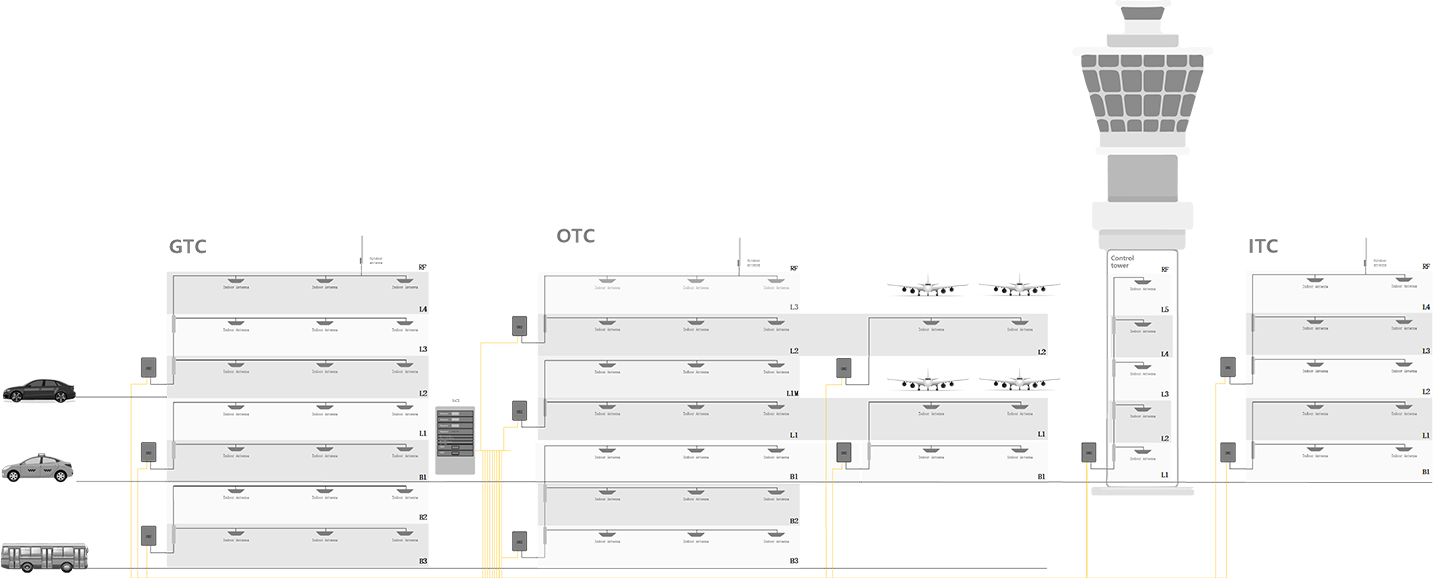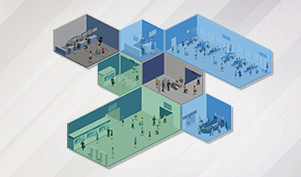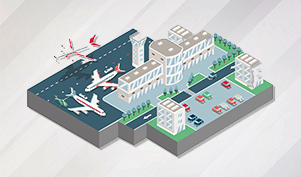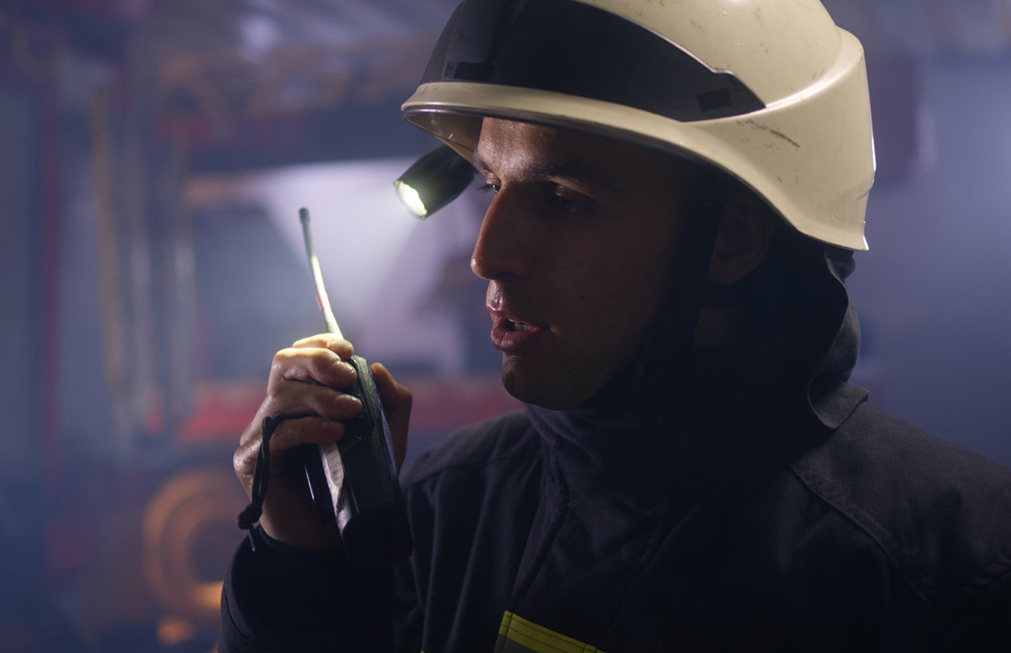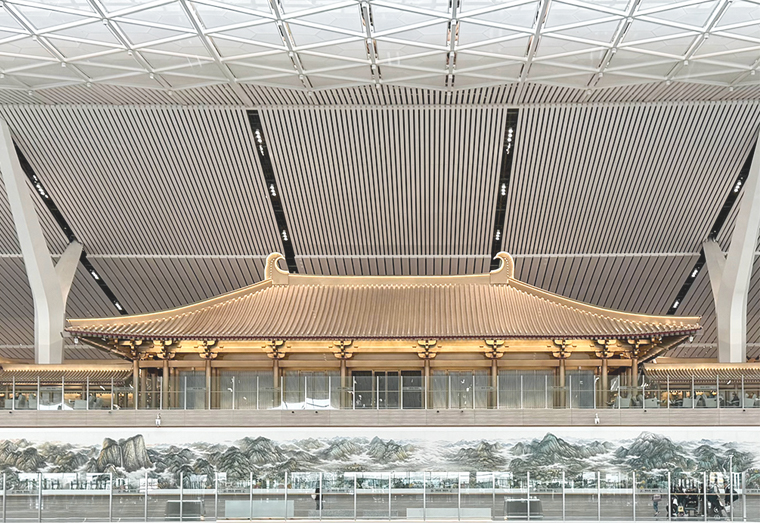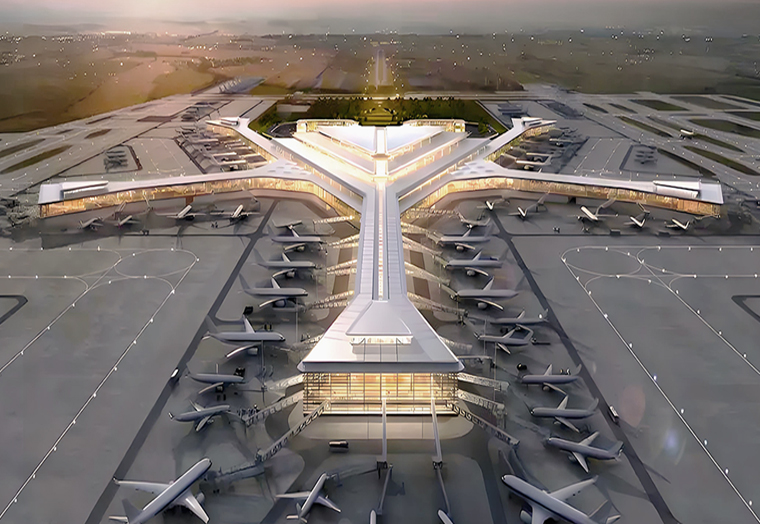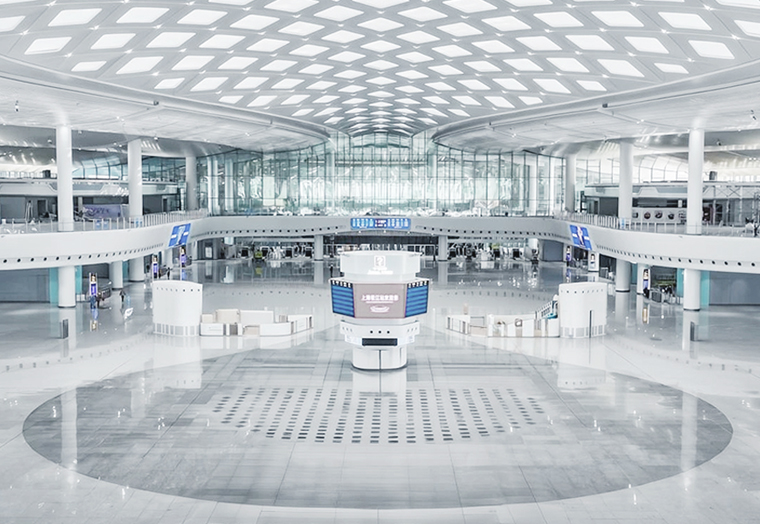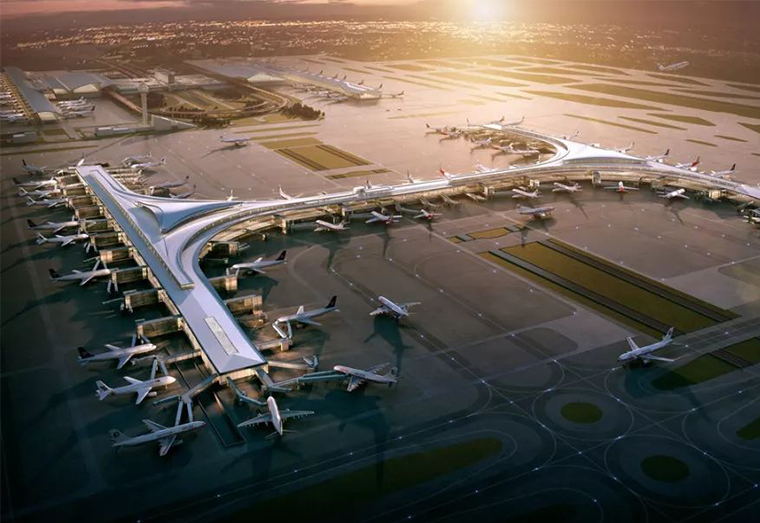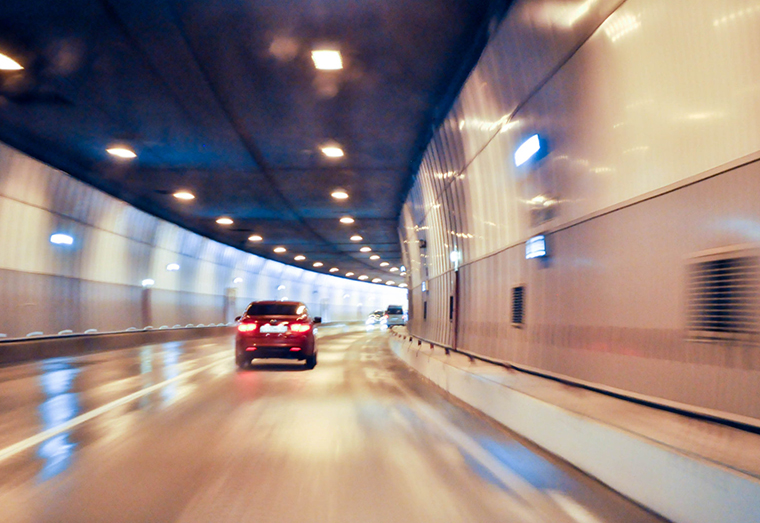
- Home
-
Solutions
SolutionsOur solutions are tailored to make communication and data connectivity more efficient, ensuring that our customers can run their operations smoothly every day and respond effectively when critical situations arise. This allows them to concentrate on their core services and, as a result, enhances their competitiveness.
 Commercial Complex
Commercial Complex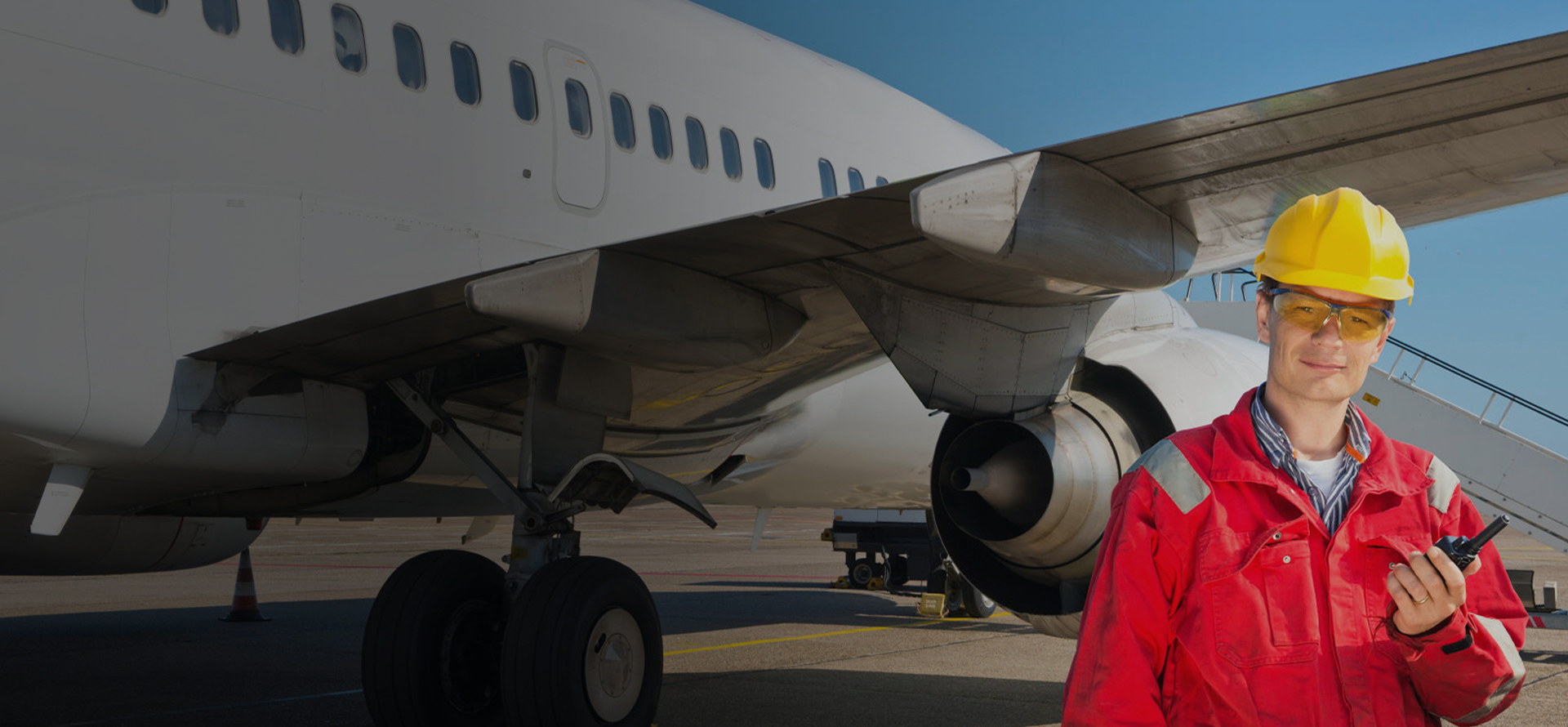 Transportation Hubs
Transportation Hubs Manufacturing and Chemical Industries
Manufacturing and Chemical Industries -
DistriNet DAS
DistriNet DAS
DistriNet, is our DAS solutions platform based on the cutting-edge fiber optics transmission technology - more commonly known as RFoF (radio frequency over fiber). It stands as a testament to our commitment to delivering dependable, high-availability communication experiences; made possible through our proprietary intelligent hardware, software, customized design and vast expertise in project implementation.
- Base Station
- Extension
- Distribution
- Radio
-
The base station functions as a central hub for wireless mobile devices. When the range of mobility expands, a repeater is introduced to extend coverage while maintaining the delicate balance between the high-powered base stations and low-powered mobile devices. This becomes especially vital when users need to communicate within enclosed areas, such as buildings with obstructive walls and structures, which can impede the transmission and reception of mobile devices.
-
The transmission network stands as another pivotal core element, playing a vital role in signal amplification and the extension of signal coverage within the system, particularly in indoor distribution systems. Well-designed transmission network excels in ensuring consistent signal distribution across diverse areas, thereby optimizes the communication quality of the system and enhancing the user experience and directly impacts operations and performance.
-
The distribution component within the wireless intercom system refers to the network responsible for signal coverage at the endpoints. This network broadcasts signals through an RF network comprising antennas, predominantly in enclosed or indoor settings. The key requisites for distribution applications revolve around ensuring uniform power distribution and regulatory compliance.
-
The radio device connects the user with the system as well as other users. It is essential due to its multi-functionality, providing communication and also other value-add features and utilities via wireless access, profoundly impacting operation and efficiency in business and critical applications.
Functionality transcends mere technical specifications; user experience is shaped by defined requirements, usage expectation and myriad aspects of interface design consideration. It's undeniably more art than pure science.
- NetFlex
- News Center
- Service Support
- About Us

